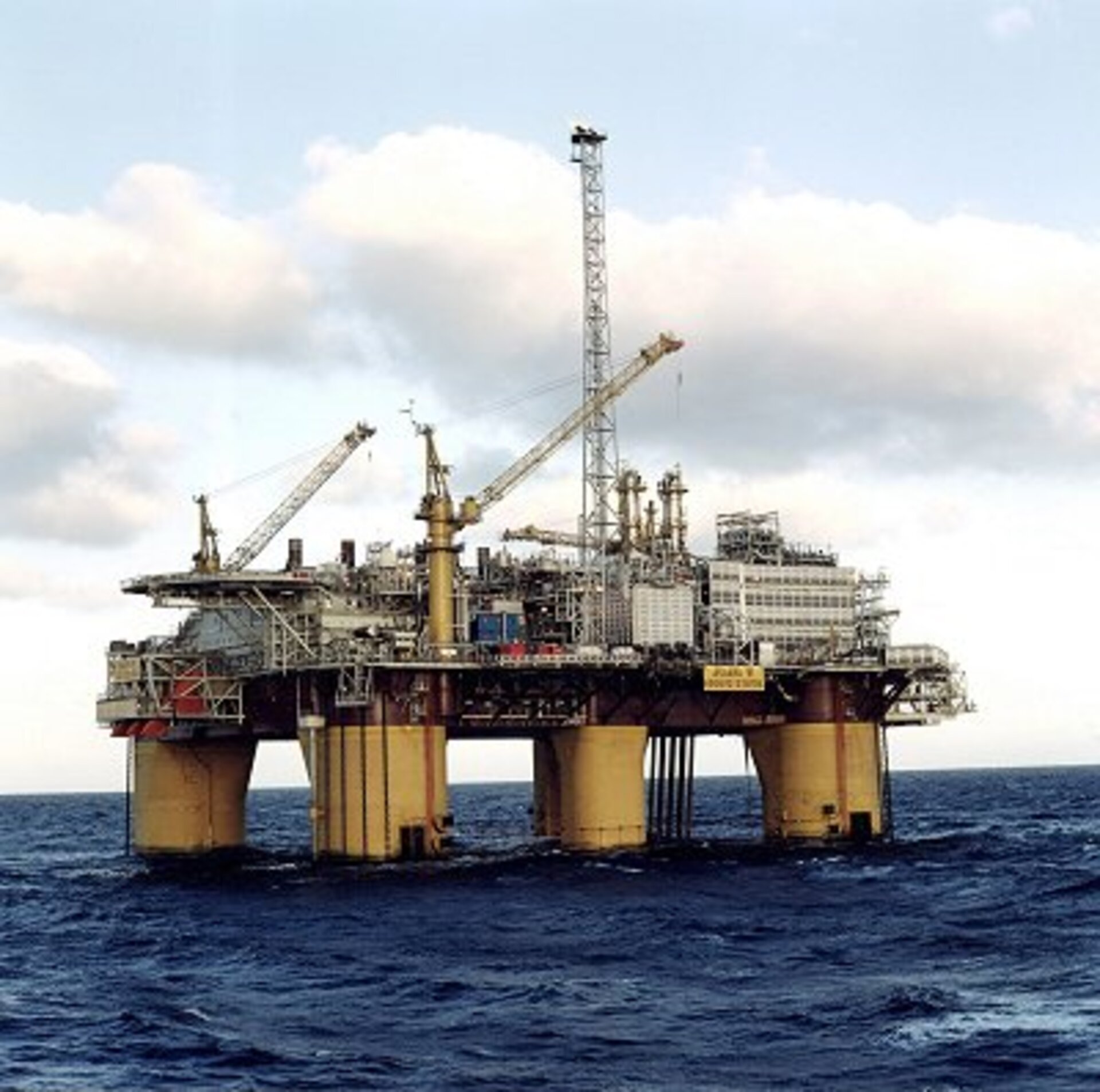Shaping a transition from rocket fuel to oil rigs
Technology used to shape rocket fuel tanks could help one German company to form floats for industrial chemical tanks and oil rigs, thanks to funding from ESA.
ESA’s Ariane 5 rockets steer with small rocket engines firing bursts of hydrazine, a highly volatile fuel stored under high pressure in corrosion-resistant tanks.
The best metal for the tanks is Titanium 6/4 because it is a strong and light alloy of titanium, aluminium and vanadium that doesn’t react with the hydrazine inside.
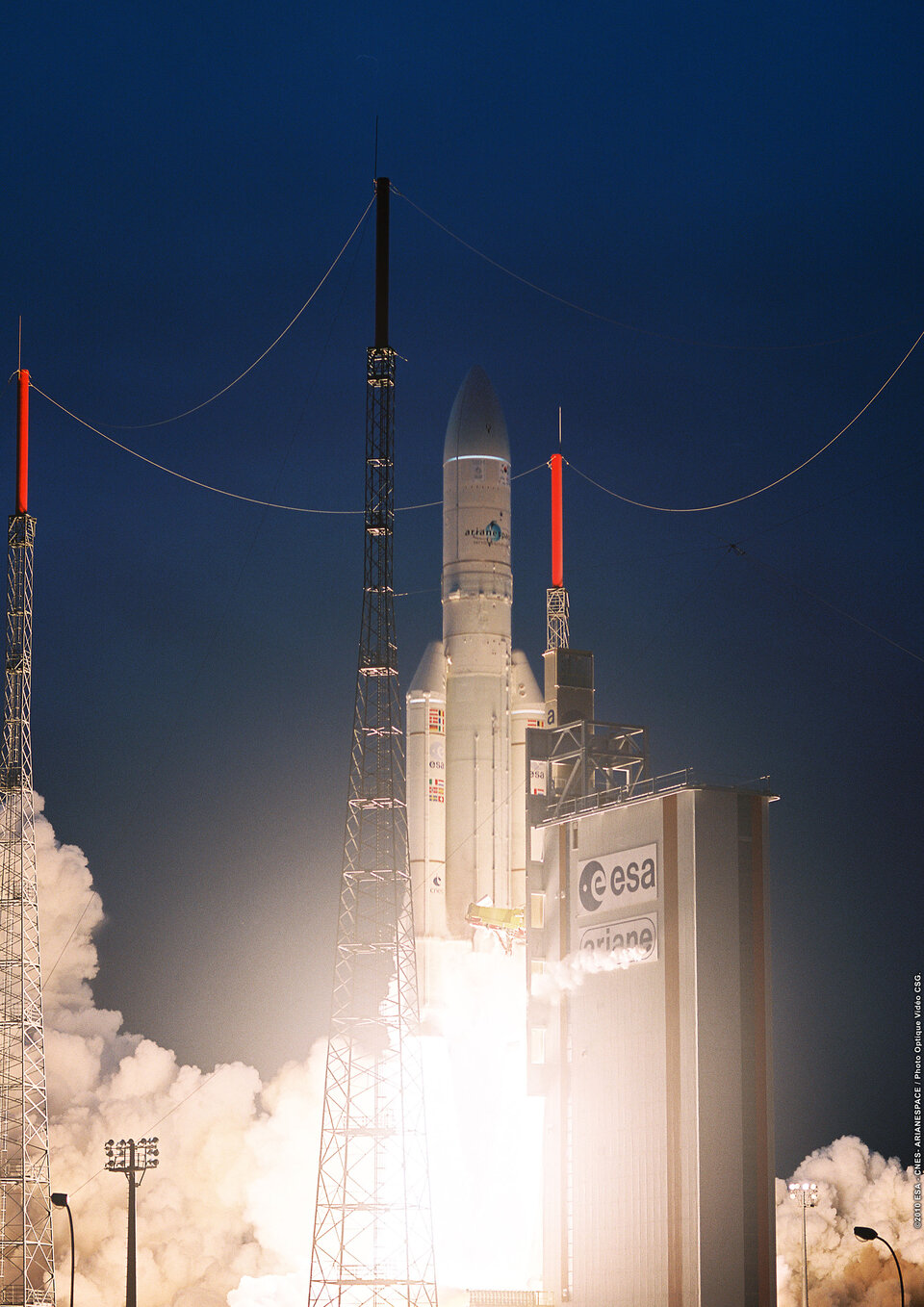
“It’s a very special material, but if you know how to use it, it can be very useful,” explained Stefan Schoeps, engineer at Formtech, a German company based in Weyhe.
For Ariane 5, there is an additional complication: the fuel needs to be stored at high pressures. Spherical tanks are used, to distribute the pressure loads on the tank evenly.
However; bending or hammering cold titanium into curved shapes can create cracks that make the part unsuitable for high-pressure space applications.
That’s why when it comes to manufacturing Ariane 5 tanks, ESA engineers go to a company with a different approach.
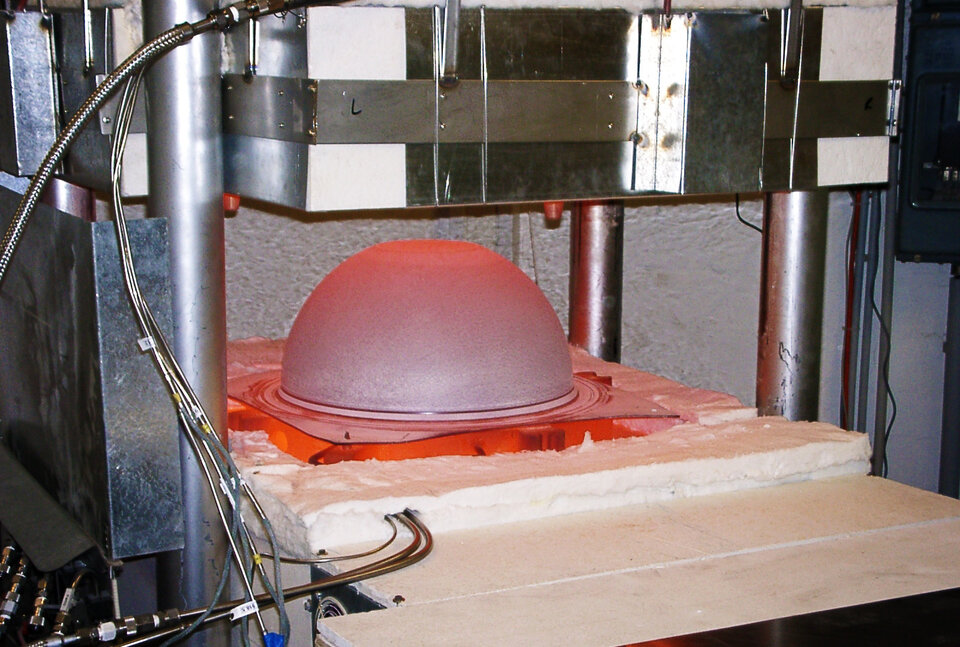
FormTech works with metals heated to about half their melting points.
Called ‘super-plastic forming,’ it involves heating special alloys of titanium or corrosion-resistant steel just enough to make them soft. For titanium, the metal is heated to about 920ºC, or about half its melting point.
Then, “we put it inside a form and apply gas pressure,” said Mr Schoeps. “For these spherical vessels, it’s exactly like blowing a bubble.” Engineers then weld the hemispheres together to form a tank with walls less than a centimetre thick.
In 2009, Formtech talked with ESA technology transfer broker MST Aerospace about transferring this technology to the chemical or refinery industries.
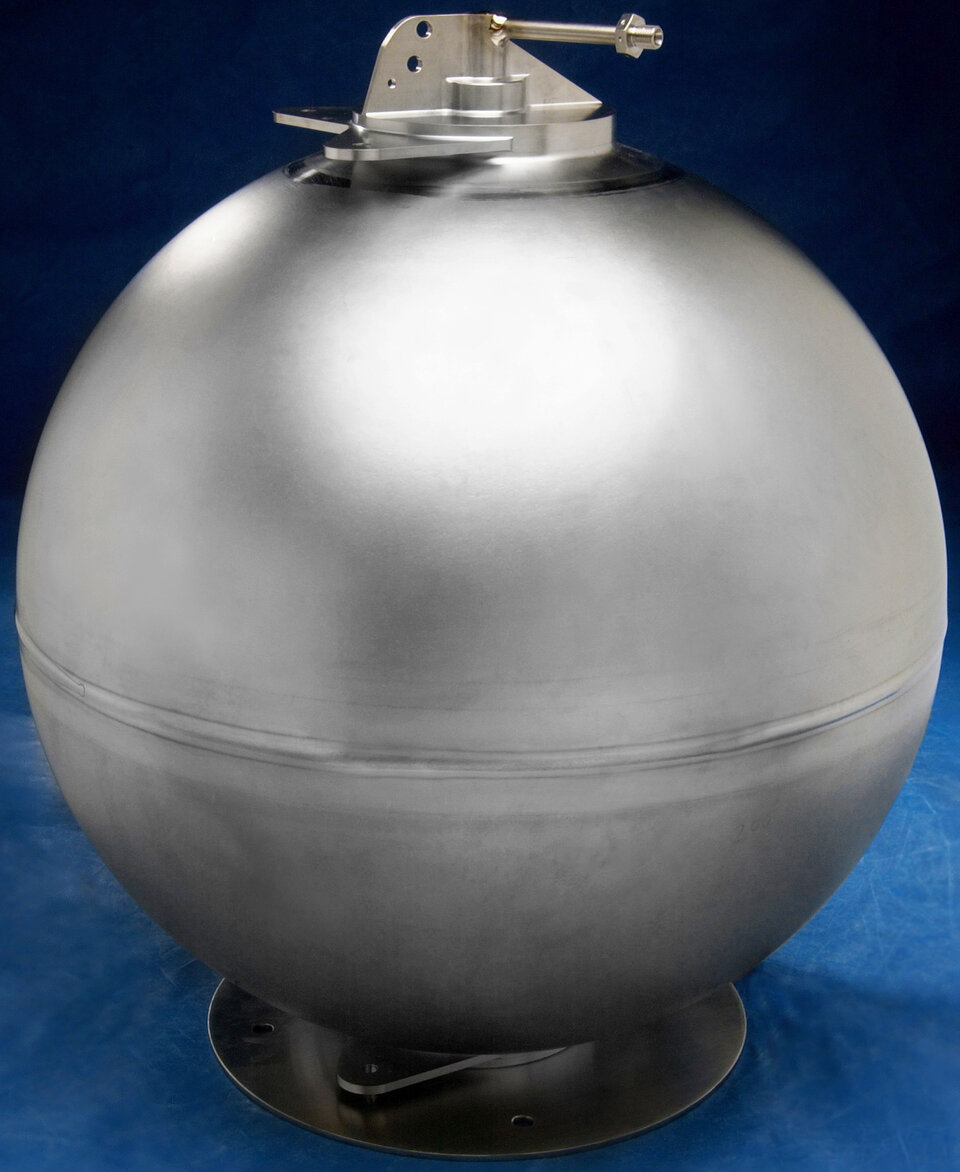
Miniaturised versions of the Ariane tanks might work as measurement devices for tanks full of corrosive fluid, like the balls in your car’s tank that float on the petrol and measure the amount left.
“To store an acid or other aggressive fluid in a tank, you need a corrosion-resistant floating device,” Mr Schoeps said.
Oil rigs, with tanks full of salt water, might be another potential market.
Formtech tackled the problem in an ESA Technology Demonstrator project. Experiments showed that the technology used to create Ariane’s tanks would also work to make much smaller steel or titanium balls to use as floats inside terrestrial fuel or storage tanks.
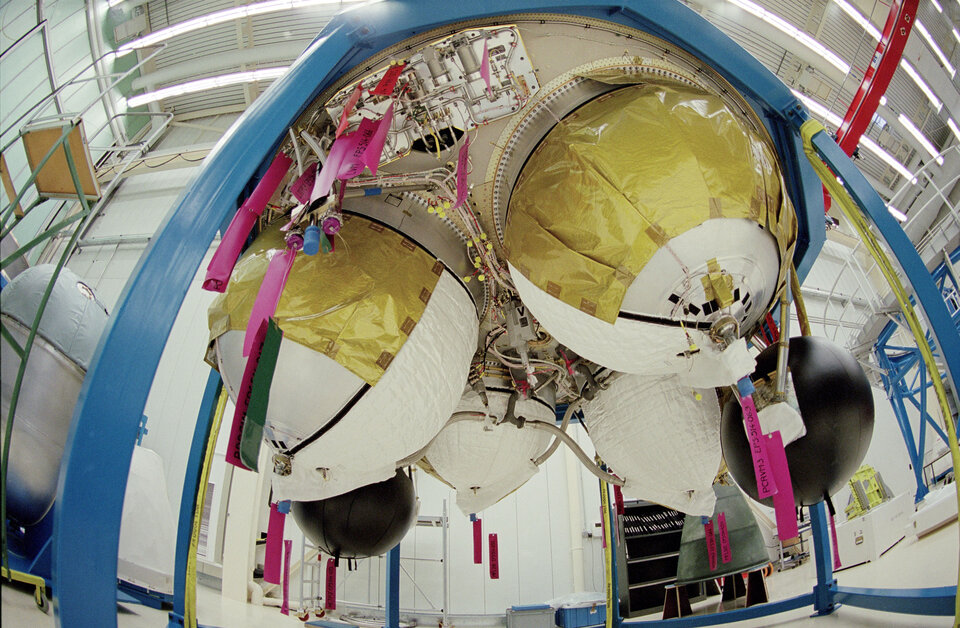
Most importantly, the work helped Formtech find ways to do it on the cheap.
ESA Technology Transfer Programme funding was crucial to adapting the space technology to more commercial applications. “ESA was very helpful,” Mr Schoeps says. “Without the support of the ESA, we wouldn’t have started this programme.”
Formtech’s simple solution will be featured at the ESA Technology Transfer Programme stand this spring at the annual Hannover trade fair in Germany.
“The transfer potential for this technology seems to be quite high,” said technology broker Werner Dupont, of MST Aerospace.
ESA’s Technology Transfer Programme Office (TTPO)
The TTPO’s main mission is to facilitate the use of space technology and space systems for non-space applications and to demonstrate the benefit of the European space programme to European citizens.
The office is responsible for defining the overall approach and strategy for the transfer of space technologies, including the incubation of start-up companies and their funding. For more information, please contact:
ESA’s Technology Transfer Programme Office
European Space Agency
Keplerlaan 1
2200 AG, Noordwijk
The Netherlands
Tel: +31 71 565 6208
Email: ttp@esa.int


